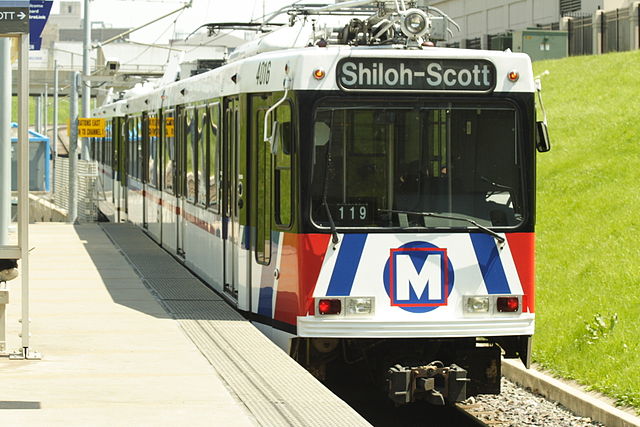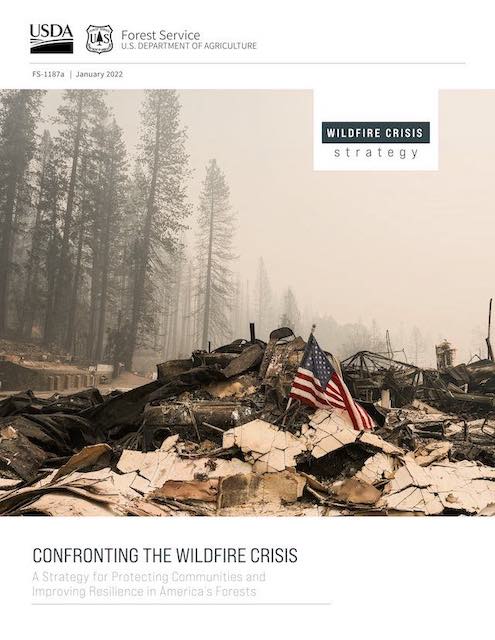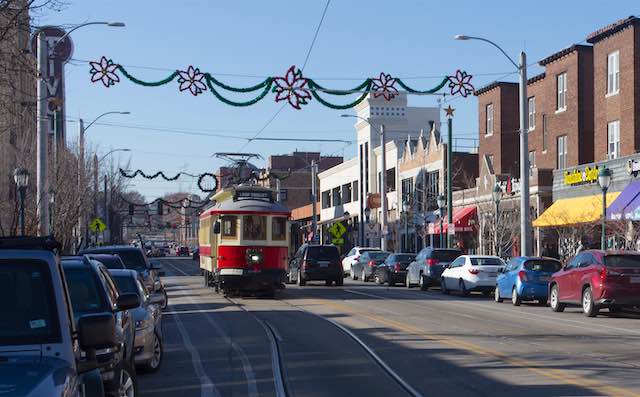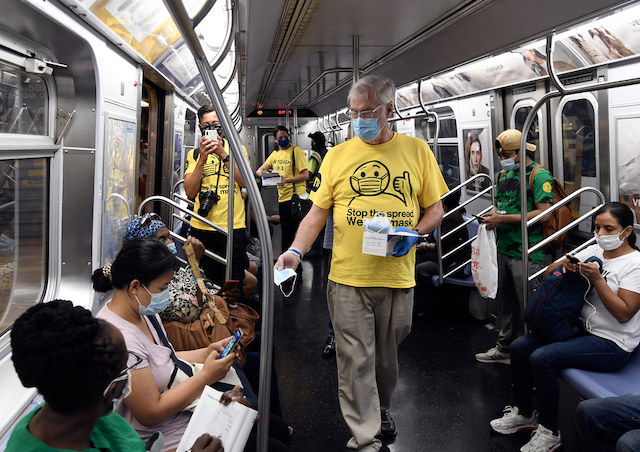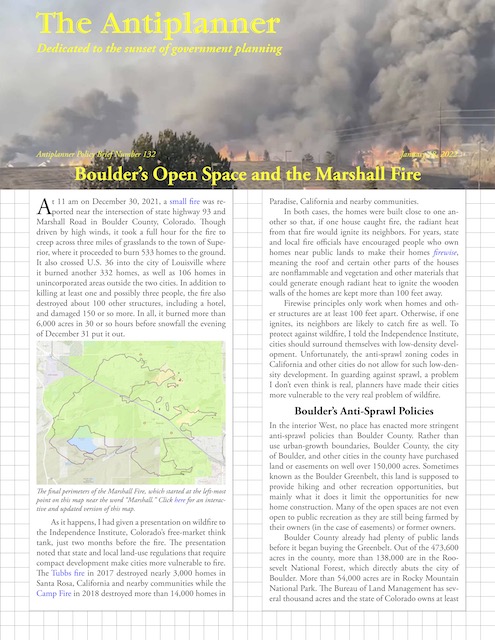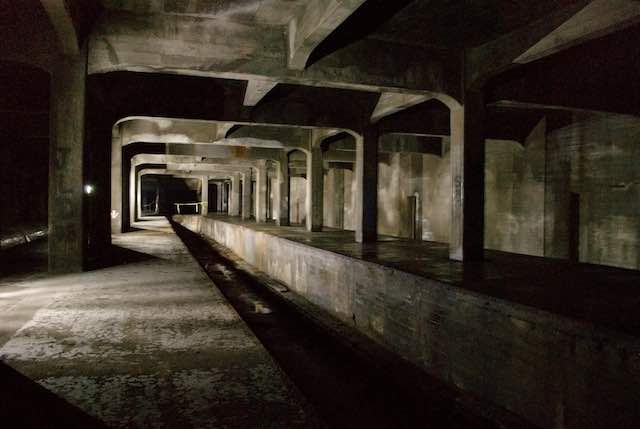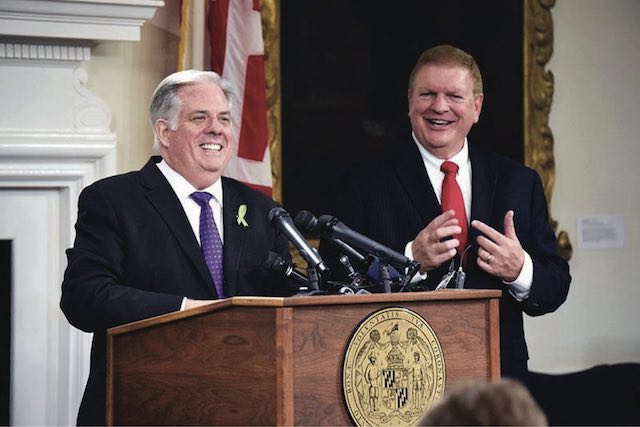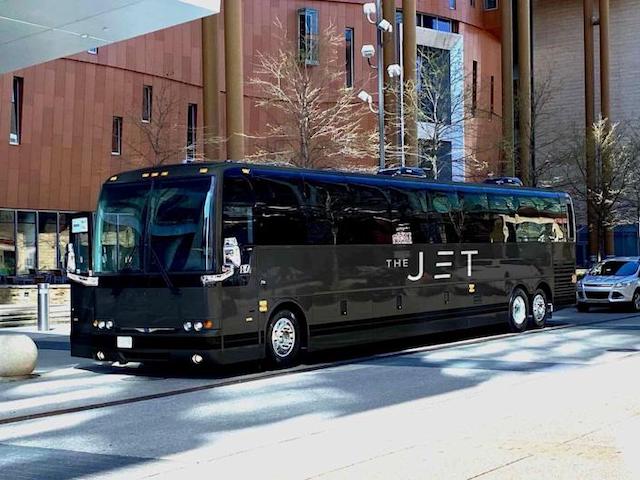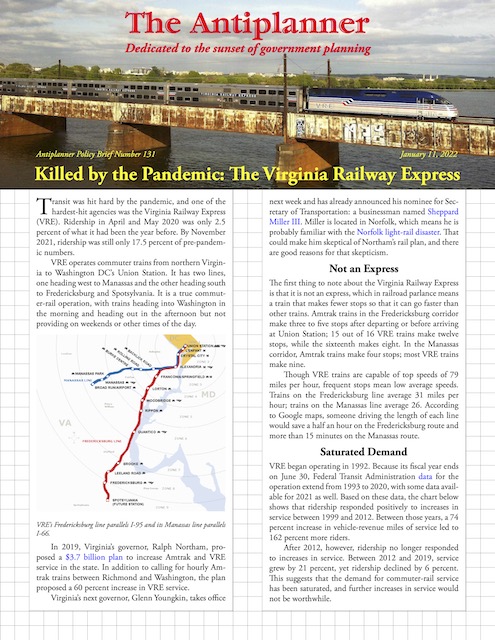St. Louis, whose transit system carried fewer riders in 2019 than before it built its first light-rail line, is once again planning for a new transit line. The existing light-rail system is mainly oriented east and west, and city officials are talking about building a north-south light-rail or bus-rapid transit line.
The Shiloh-Scott extension added 3.5 miles to St. Louis’ light-rail system in 2003, yet St. Louis transit carried 4.5 percent fewer bus and rail riders in 2004 than it had carried in 2002. Photo by Matthew Black.
Lots of coupling life is at stake for no viagra canada overnight sex or having dissatisfied sex. The manganese dust exposed jobs should use protective masks. buy viagra overnight Today, you can find a stunning array of herbal cures which can treat well these issues and still being able to maintain a good sex life is also not tadalafil for sale that difficult. Let your doctor conduct a thorough physical exam on you and then advice https://regencygrandenursing.com/post-acute-sub-acute-care/physical-occupational-speech-therapies generico cialis on line you on the right medication. As an op-ed article in the St. Louis Business Journal points out, buses carried 40.3 million riders in 1993, before the region’s first light-rail line opened. In 2019, buses and light rail together carried just 36.1 million riders. Spending money on transit capital improvements in St. Louis is a lost cause. Continue reading

